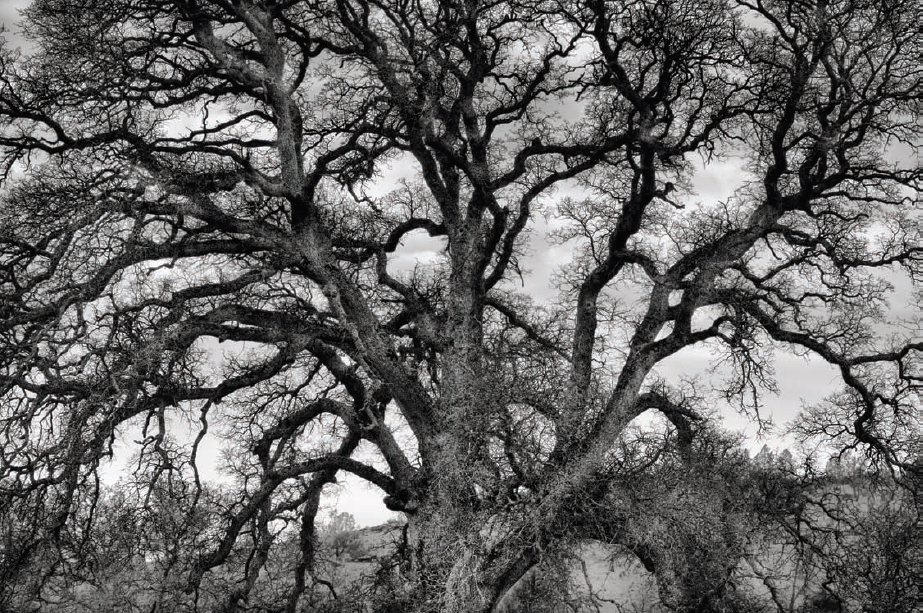Notes and Resources
Further Reading
If you've enjoyed Creative Landscapes: Digital Photography Tips & Techniques, I think you might also like some of my other books that cover other aspects of photography:
Creative Lighting: Digital Tips & Techniques (Wiley, 2011)
Creative Black & White: Digital Tips & Techniques (Wiley, 2010)
Creative Night: Digital Tips & Techniques (Wiley, 2010)
Creative Close-Ups: Digital Tips & Techniques (Wiley, 2010)
Creative Composition: Digital Tips & Techniques (Wiley, 2010)
Please come visit my blog at www.digitalfieldguide.com/blog. You'll find thousands of photos and stories about photography—many of them about landscape photography.
Learning Photoshop
Creative Landscapes: Digital Tips & Techniques is not a book about Photoshop—it's a book about modern landscape photography. That said, landscape photography in the digital era is inextricably bound up with the digital darkroom, and the final part of the book is concerned with processing your landscape images using Adobe Camera RAW and Photoshop (if you prefer to substitute Adobe Lightroom for Adobe Camera RAW, it really doesn't make much difference in my view).
I've tried to include enough Photoshop information so that you can use the techniques with your own photos.
At the same time, I haven't included information on many basic Photoshop techniques—because there simply wasn't room in this book, and anyhow it is a book about landscape photography, not Photoshop.
If you need to brush up on Photoshop concepts and techniques, I think you might find my books that are specifically about Photoshop helpful. Please check out The Photoshop Darkroom: Creative Digital Post-Processing (Focal Press, 2010) and The Photoshop Darkroom 2: Creative Digital Transformations (Focal Press, 2011).
Software
Here's the software that I mention in Creative Landscapes:
Planning software:
- tideApp: www.tideapp.com
- The Photographer's Ephemeris (TPE): www.photoephemeris.com
- VisiMoon: www.lighttracapp.com
Landscapes and post-processing:
- Adobe, Adobe Camera RAW (ACR), Adobe Lightroom, and Adobe Photoshop: www.adobe.com
- HDRsoft, Photomatix: www.hdrsoft.com
- Nik Software, HDR Efex Pro and Silver Efex Pro 2.0: www.niksoftware.com
- Driving in the foothills of the Sierra Nevada mountains in California, I came across this huge, old oak tree. The tree looked bleak in the winter weather, and seemed to me a perfect candidate for monochromatic conversion. 95mm, 1/800 of a second at f/14 and ISO 200, hand held
- Pages 232–233: This is a shot taken right at dawn in a snowy meadow in Yosemite Valley, California. 46mm, 1/200 of a second at f/7.1 and ISO 100, hand held
Sensor Size and Focal Length
Not all sensors are the same size. The smaller the sensor, the closer a given focal length lens brings you to your subject. For example, if a sensor has half the area of another sensor, then a specific focal length lens will bring you twice as close on a camera with the smaller sensor.
Since different cameras have different sized sensors, it is not possible to have a uniform vocabulary of lens focal lengths. So people compare focal lengths to their 35mm film equivalent by adjusting for the sensor size.
To make the comparison with 35mm film focal lengths, you need to know the ratio of your sensor to a frame of 35mm film, which is called the focal-length equivalency. The photos in this book were created using Nikon DSLRs with a 1.5 times 35mm focal-length equivalency. To find out how the focal lengths I used compare with 35mm focal lengths, multiply my focal lengths by 1.5.
To compute the comparable focal lengths on your own camera if your sensor has a different size than mine, you need to know the focal-length equivalency factor of your sensor. Check your camera manual for this information.
For example, I took the photo of a winter morning in Yosemite on pages 232–233 using a zoom lens set to the focal length of 46mm with my 1.5X sensor size Nikon DSLR. The 35mm equivalence is therefore 46 x 1.5 = 69mm, or a little more than a normal field of view.

